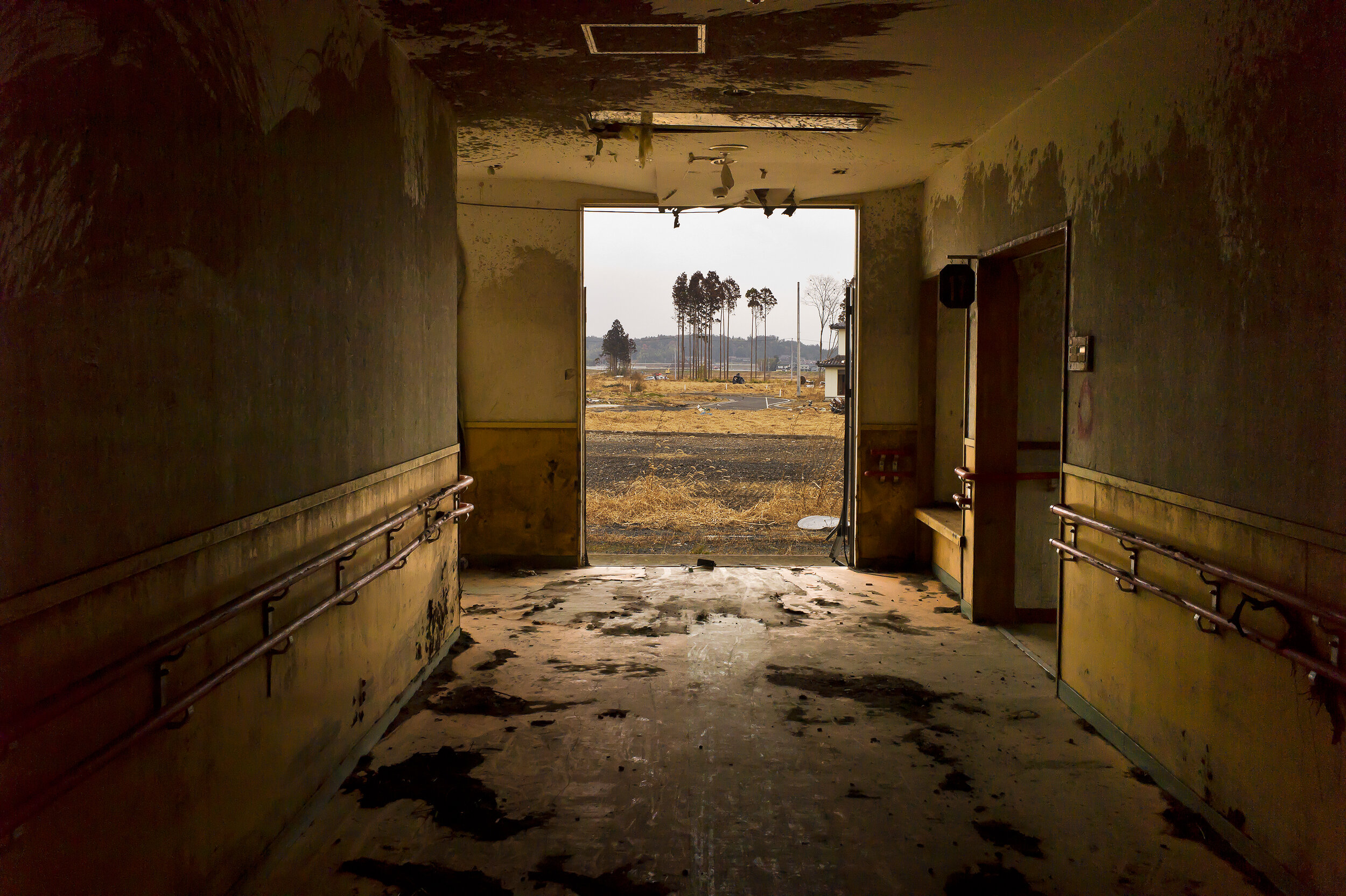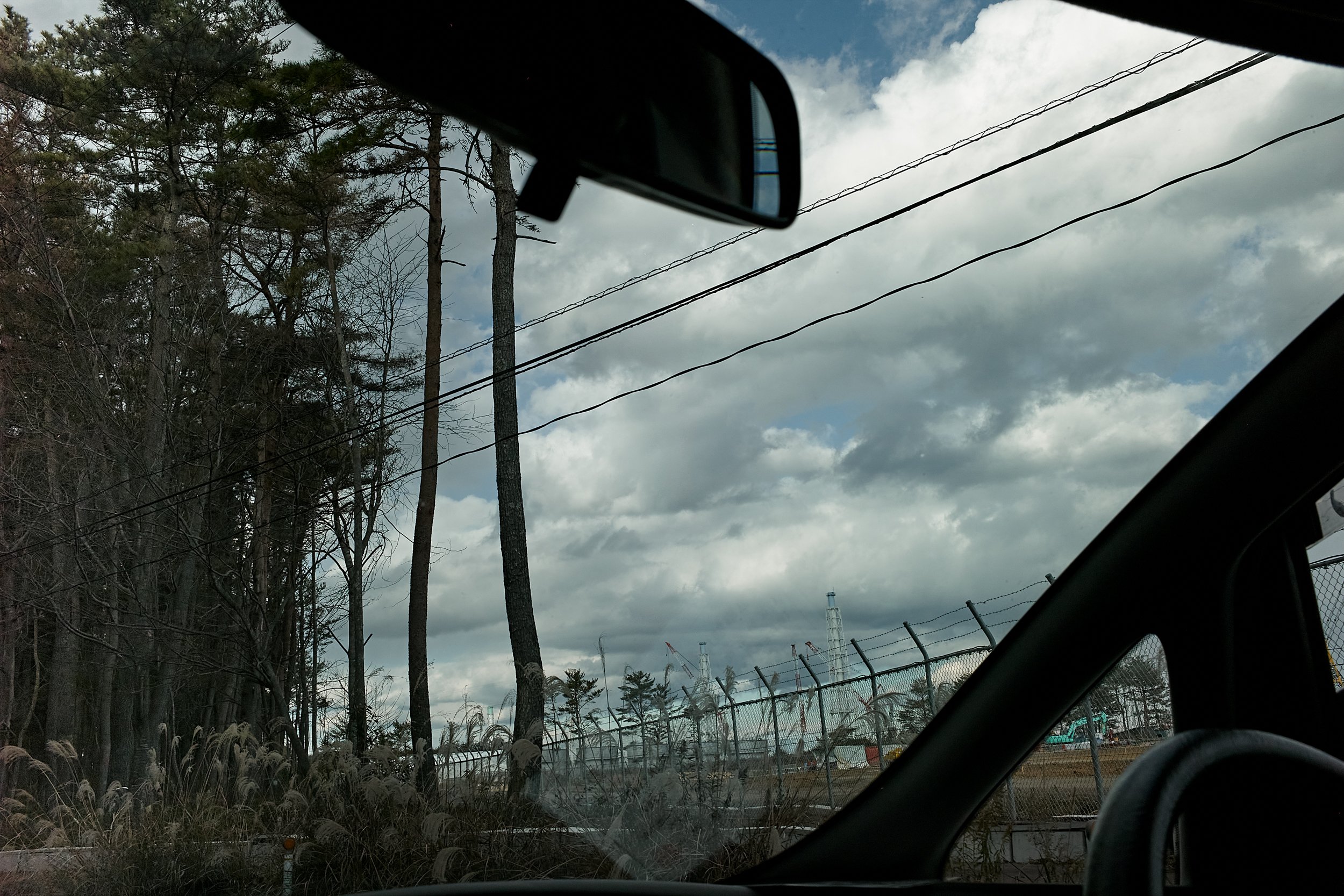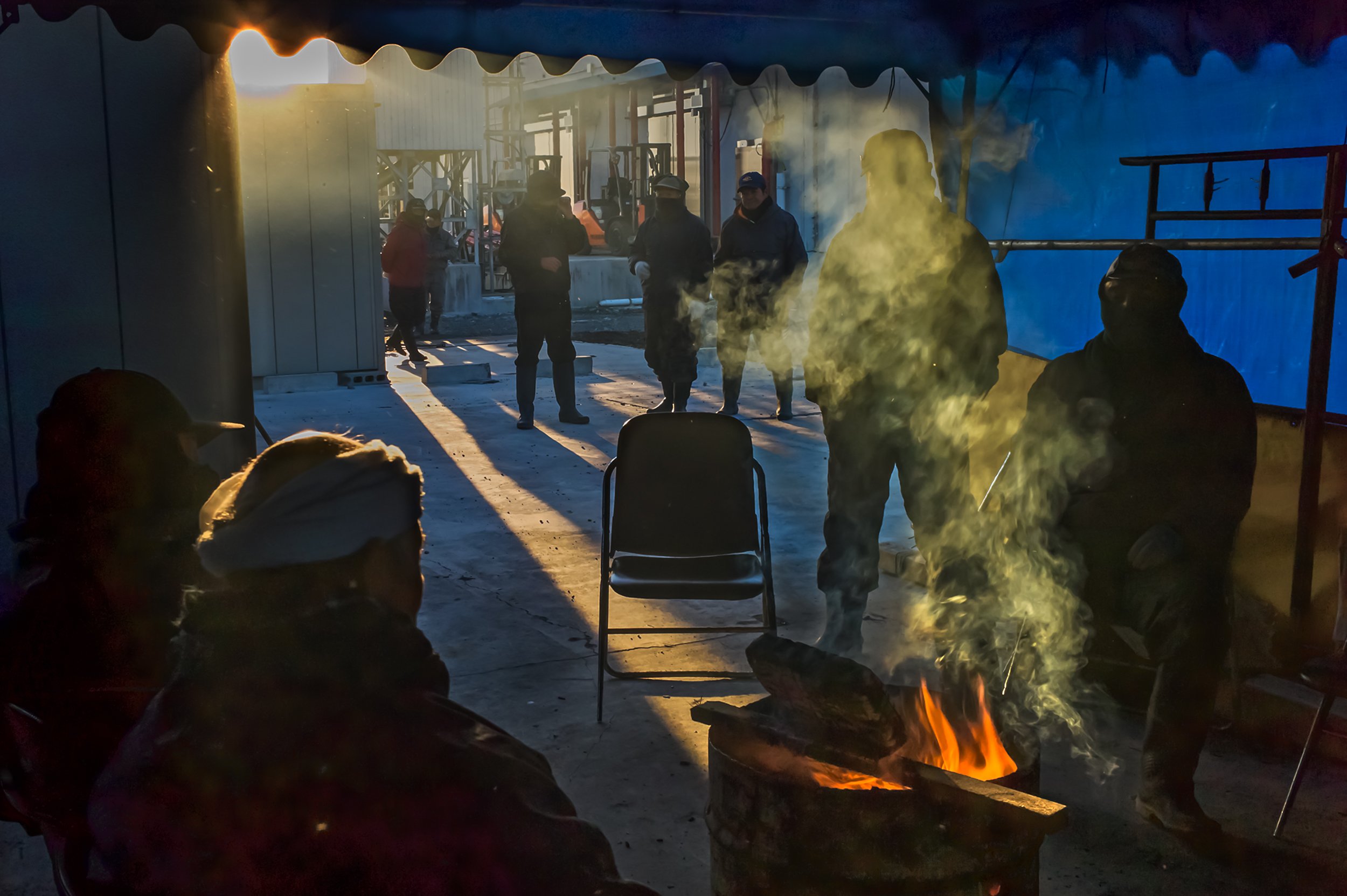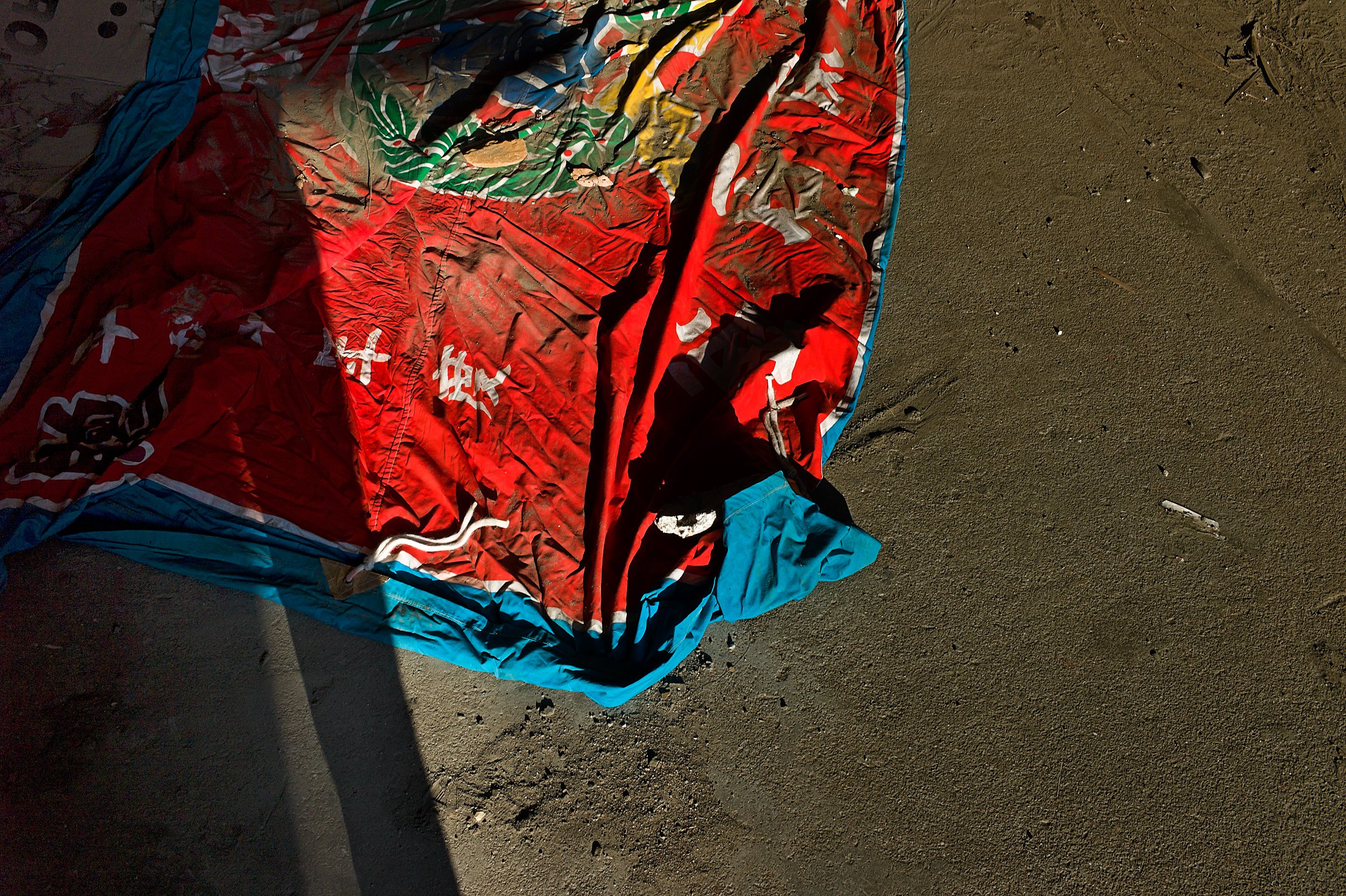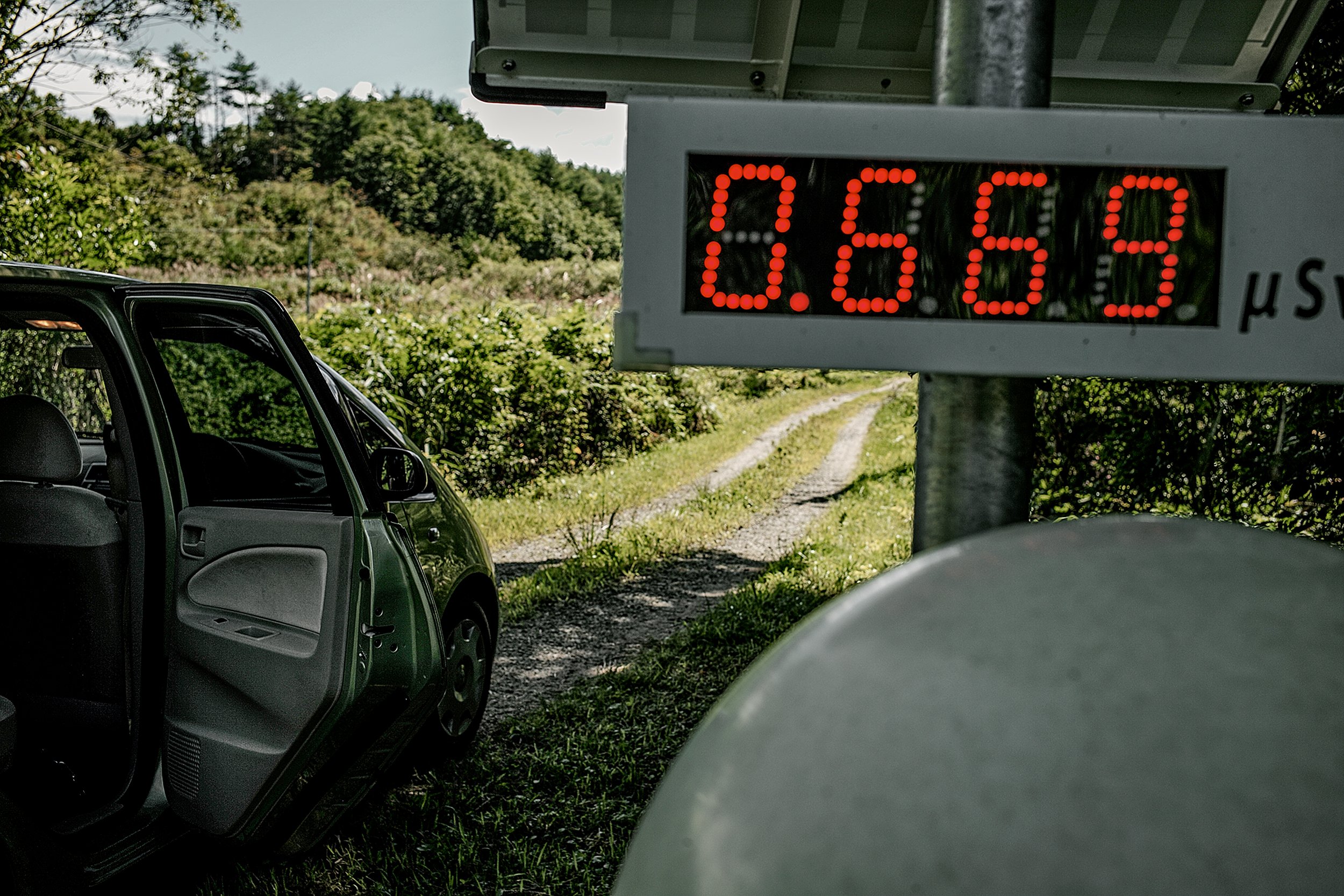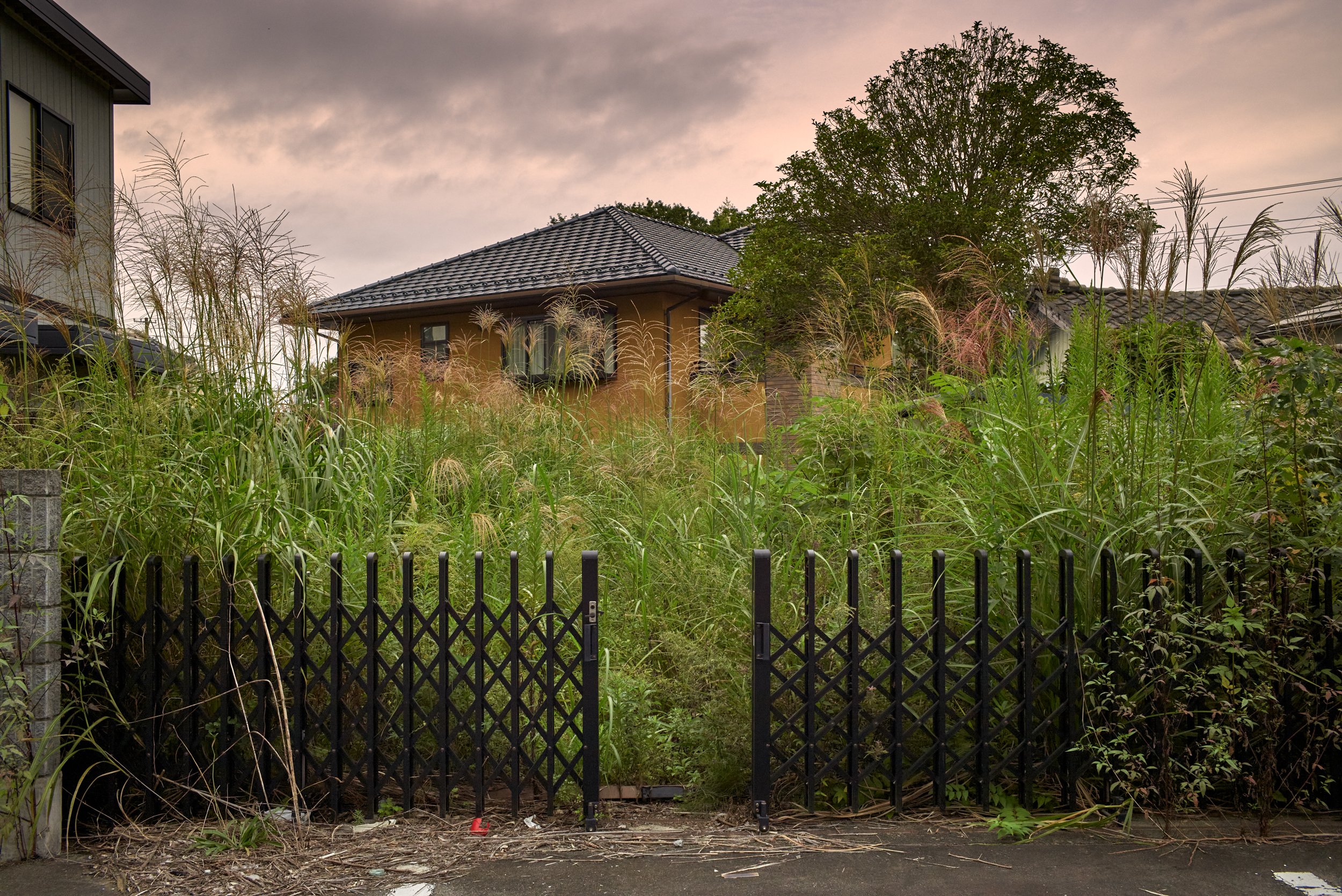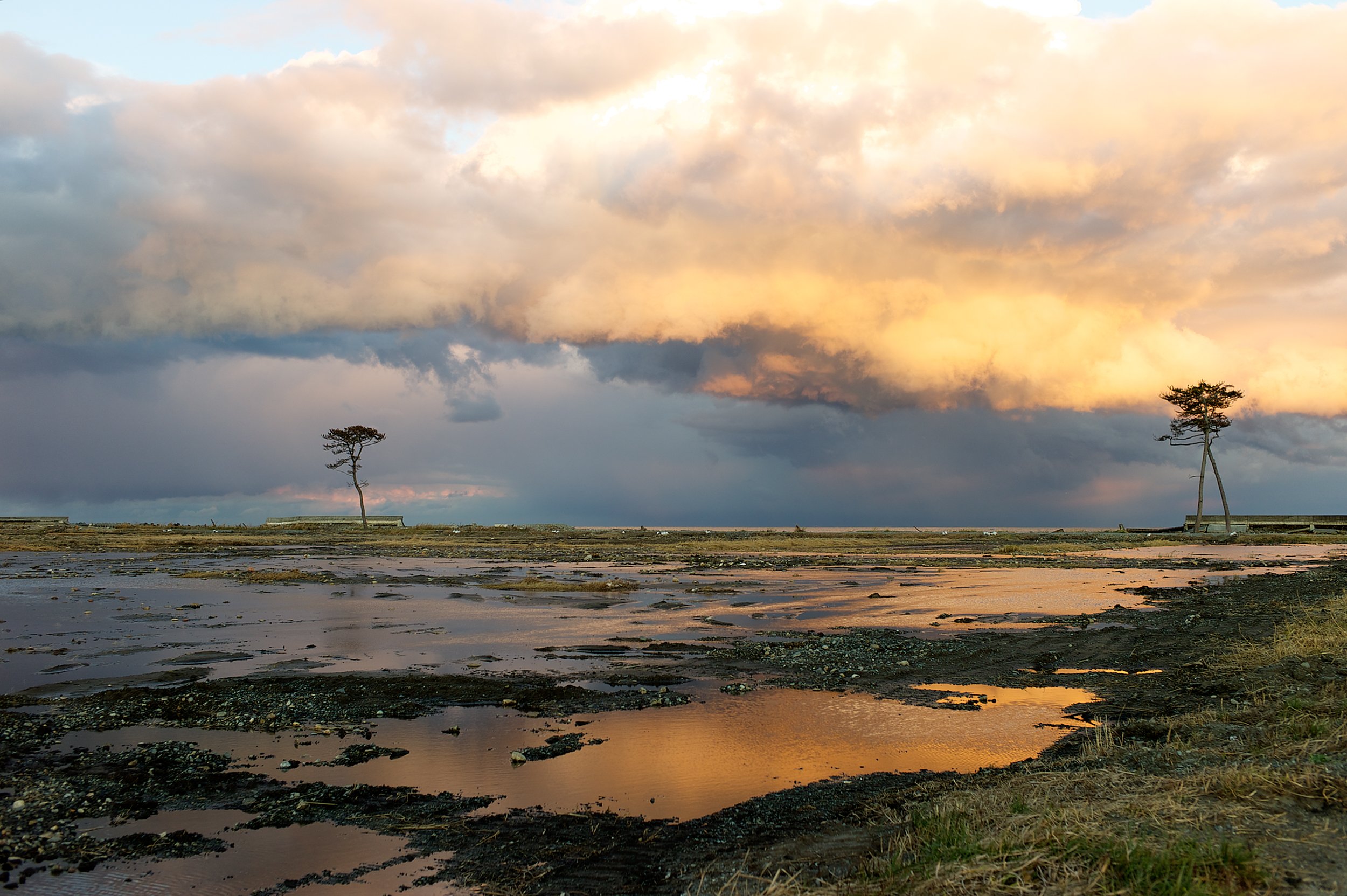The Aftermath
On 11 March 2011, at 14:46 JST, an undersea earthquake of magnitude 9.1 occurred in the Pacific Ocean, 72 km (45 mi) east of the Oshika Peninsula of the Tōhoku region in Northern Japan. It lasted approximately six minutes, causing a tsunami. The earthquake triggered tsunami reached heights of up to 40.5 meters (133 ft) and traveled at 700 km/h (435 mph) and up to 10 km (6 mi) inland. Ishinomaki is where I started my journey to document the aftermath of this great disaster. Later I learned it was the city with the most deaths.
The longest lasting devastation from the tsunami was the meltdown of the Fukushima Daiichi nuclear powerplant. Its discharge of radioactive water into the ocean, and the radiation released into the air, rendered a vast surrounding area uninhabitable.
Nothing prepared me for what I saw upon entering the abandoned zone around the Fukushima Daiichi Nuclear Power plant in 2011. Human time was frozen the day people were evacuated inside a 12-mile radius. Life without humans continued. Tall growing grasses, feral farm animals and ostriches took over the carefully manicured land and homes. A vast silence spread over the towns. When you are present the experience is vastly different from what one sees on the news. It recruits all of your senses. You can touch debris, smell the rot and decay, see the great swath of land touched by destruction and experience a unique loneliness standing in an empty destroyed formerly inhabited space, that cannot be relieved by changing channels. All of this welds to your spirit.
The uniqueness of any disaster is the interplay of the scale, the forces unleashed, and the geography affected. The other unique aspect to every major disaster is the response to its aftermath as seen through the lens of a culture.
